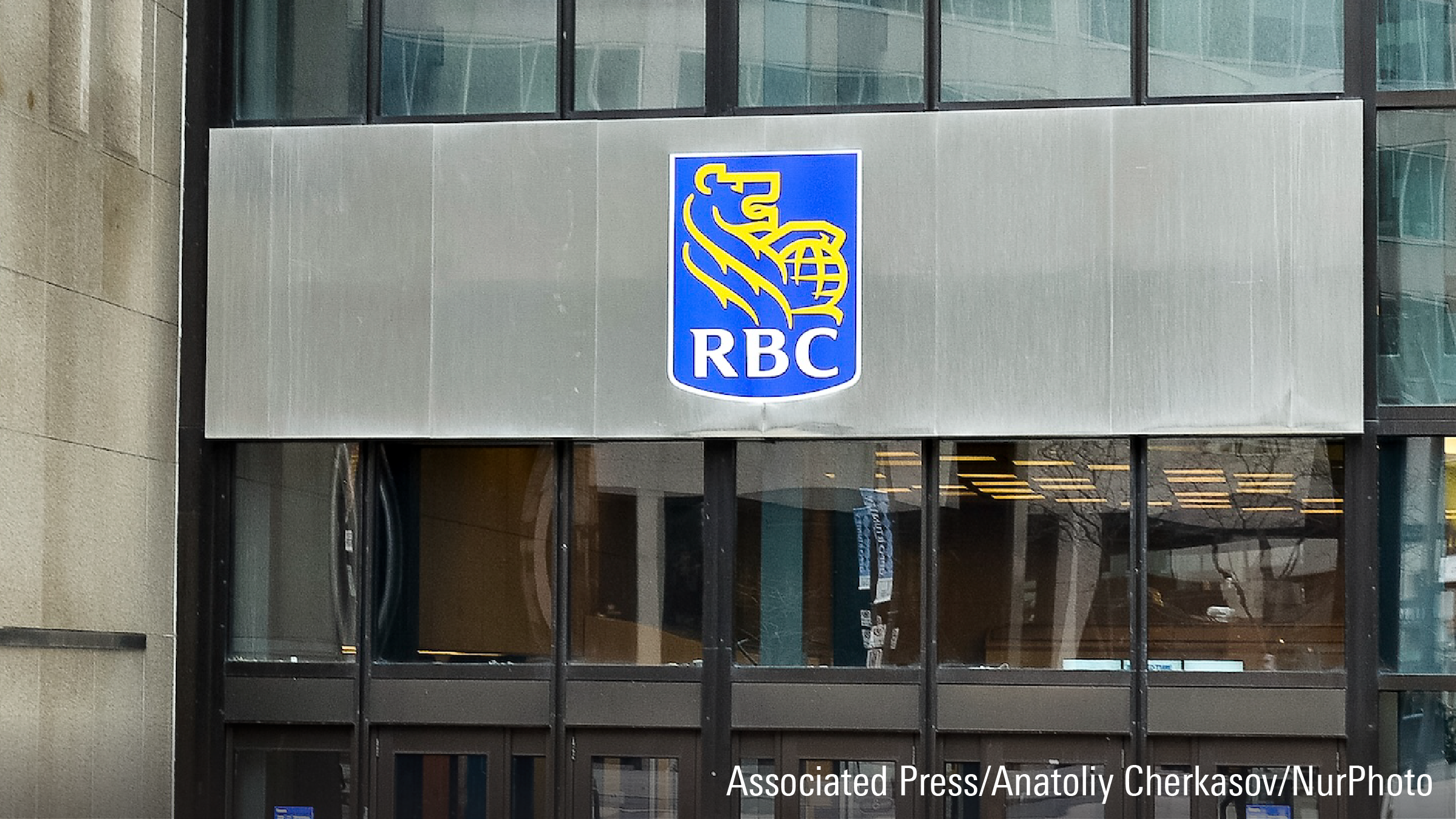It was another big month for U.S. employment gains in July, with 255,000 jobs added. That comes on the heels of June's massive gains, when 292,000 jobs were added. In addition, wage growth has grown about 2.6% year over year. By comparison, Canada lost 31,000 jobs in July, and the unemployment rate increased by 0.1 percentage point to 6.9%, Statistics Canada reported.
More people working and making more money usually means more spending, and that helps GDP growth. Both job and wage growth can be boons to stock markets, too. Employment and wages are not usually main market indicators for investors, but perhaps they should be.
"If you were going to draw up a list of indicators of future market returns, (these) wouldn’t be high on your list," says Ed Keon, a portfolio manager with Quantitative Management Associates (QMA), a unit of Prudential Financial Inc. "But we've paid a fair amount of attention to it and with good effect."
Investors can learn a fair amount about where things stand by paying attention to job growth, especially in a sluggish recovery like we're experiencing today. For one, job growth is a sign that the economic recovery is still on track, even if GDP growth isn't expanding as quickly as many would like it to be, says Keon.
It's also giving Keon hope that other market forces, like company productivity, which has generally been weak, will pick up. Typically, when businesses hire new staff, productivity drops -- it takes a while for new employees to learn the ropes. The longer people are on the job, the more productive they'll be, says Keon.
As well, increased staff could be a sign that companies will soon start spending on capital investments, another major factor in productivity, he says. So far, U.S. and Canadian corporations have been hoarding cash instead of purchasing efficiency-boosting technology. If they do start spending, and also have a robust staff, then productivity should increase, and that ultimately boosts company earnings.
"Productivity is always a bit of a puzzle, but it's what drives improvements in the standard of living," says Keon. "It's likely we'll continue to see good gains in employment, and I certainly hope we’ll see improvements in productivity so we get a happy circumstance where business profits and personal income can both increase."
While job gains may tell us something about where the market is headed, so too do wages. In fact, if you look at year-over-year numbers, U.S. job growth has actually slowed somewhat, says Bob Johnson, Morningstar's director of economic analysis. He points out that total payrolls are growing by 1.7% on a year-over-year basis compared with 2.1% between July 2014 and July 2015.
Wages, though, have been expanding, with total hourly wages up from 2.2% to 2.6% year-over-year in July. One reason wages are growing is that there are numerous labour shortages across the country, he says, in part because baby boomers are retiring and there are not enough new skilled workers to fill those gaps. That may also be one reason why GDP hasn't picked up -- there are not enough jobs in the right cities to match the skills of workers.
Salaries are also expanding because of higher minimum wages across a number of states and sectors, says Johnson, and that higher-income opportunity may be enticing people back into the workforce. Higher hourly income is good for the economy, he says. Typically, it's lower-income earners who benefit from a minimum wage increase, and they also spend a much larger portion of every paycheque than wealthier people do.
"Give an extra dollar to a millionaire and not much will change in terms of spending," Johnson says. "Give an extra dollar to someone making $20,000 a year and that extra dollar will get spent. One of the problems with this recovery has been that money has tended to flow to higher earners, but that could now shift."
There are two main ways that job gains and wage growth affect the market: consumer spending and productivity. The former can help boost the earnings of other companies; the latter increases the earnings of the company that people are working for.
Kelly Bogdanov, a portfolio analyst with RBC Wealth Management, expects productivity gains to improve. She thinks companies will start making capital investments -- while consumer spending, the main bright spot in the country's monthly GDP reports, will continue expanding, too.
While positive economic news as a whole can boost markets overall -- the S&P 500 jumped by nearly 1% on the most recent job announcement -- investors who want to take advantage of better job data should concentrate on sectors that will benefit from spending most.
Housing is one spot Bogdanov expects to be a beneficiary of increased consumer spending. The more people earning a decent income, the more likely they'll be able to purchase a home or buy other housing-related items, such as furniture and televisions, she notes.
One company to consider is undervalued home-furnishing retailer ![]() Williams-Sonoma Inc. (WSM), says Adam Fleck, Morningstar's director of consumer-equity research. Not only will it benefit from increasing consumer spending, but it's also growing globally. The company is using data analytics to better forecast customer demand and it should see a pickup in online sales.
Williams-Sonoma Inc. (WSM), says Adam Fleck, Morningstar's director of consumer-equity research. Not only will it benefit from increasing consumer spending, but it's also growing globally. The company is using data analytics to better forecast customer demand and it should see a pickup in online sales.
Cruise operator ![]() Norwegian Cruise Line Holdings Ltd. (NCLH) and apparel company
Norwegian Cruise Line Holdings Ltd. (NCLH) and apparel company ![]() Hanesbrands Inc. (HBI) should both see job and wage-growth-related performance improvements, too, says Fleck. The former is highly exposed to the U.S. consumer -- 75% of its guests are from America -- while the latter has been buying other businesses, improving margins and is in a category that tends to see sales correct faster than general apparel.
Hanesbrands Inc. (HBI) should both see job and wage-growth-related performance improvements, too, says Fleck. The former is highly exposed to the U.S. consumer -- 75% of its guests are from America -- while the latter has been buying other businesses, improving margins and is in a category that tends to see sales correct faster than general apparel.
Not every consumer company will thrive in this kind of environment, adds Johnson. Export-focused companies that are in sectors with a tight labour supply and require a lot of bodies may struggle. Wages could rise faster in those industries, which would then put pressure on earnings. Many manufacturing, energy or commodity-focused companies would fall into this category.
As for sectors that benefit more directly from job growth, consider technology. The employees that these companies hire are usually highly skilled and can be productive faster, says Keon. As of this writing, 13 technology stocks in Morningstar's coverage area -- including Morningstar favourites ![]() Apple Inc. (AAPL) and
Apple Inc. (AAPL) and ![]() Skyworks Solutions Inc. (SWKS) -- earn 4- or 5-star ratings, suggesting that they're undervalued.
Skyworks Solutions Inc. (SWKS) -- earn 4- or 5-star ratings, suggesting that they're undervalued.
Financials could benefit as well. Banks are starting to invest more in technology -- some are launching entirely new tech-related banking divisions -- which require more staff, says Bogdanov.
"The economy will continue to grow and we'll continue to see good gains in employment," adds Keon. "Long-term, stocks still look better than bonds."



















